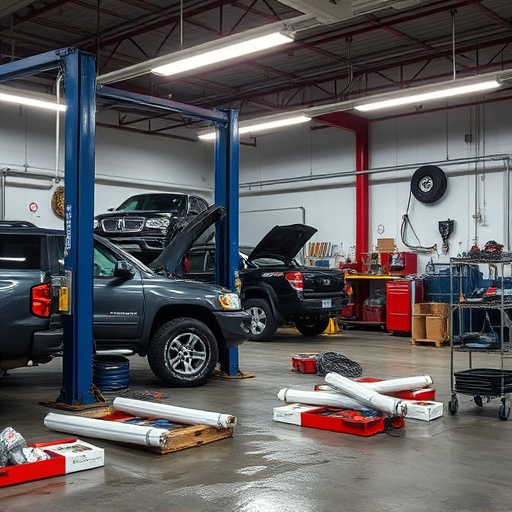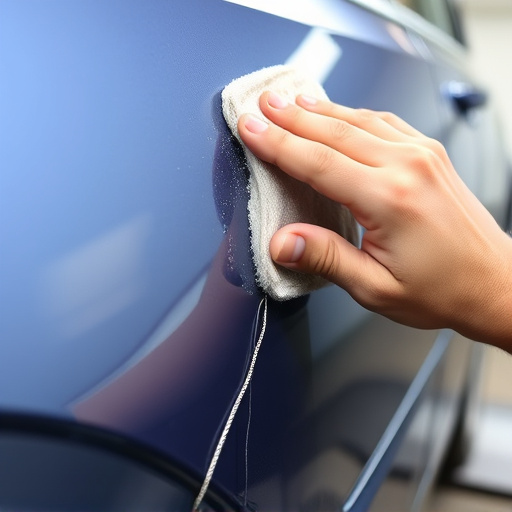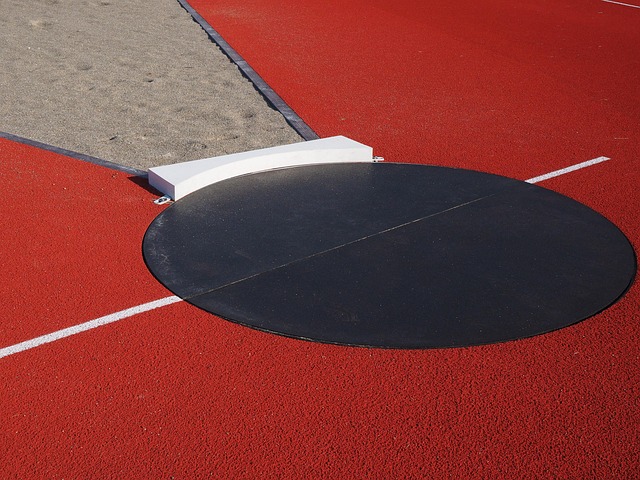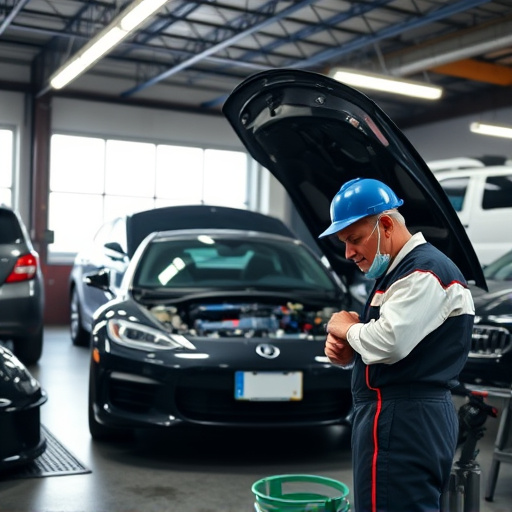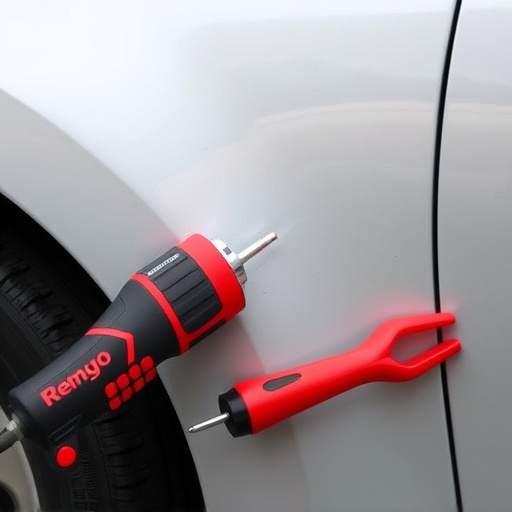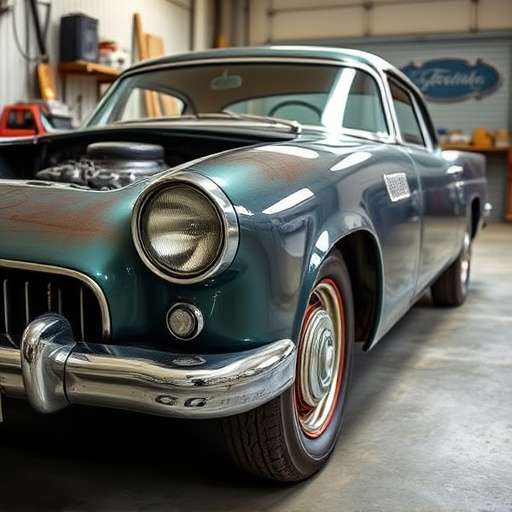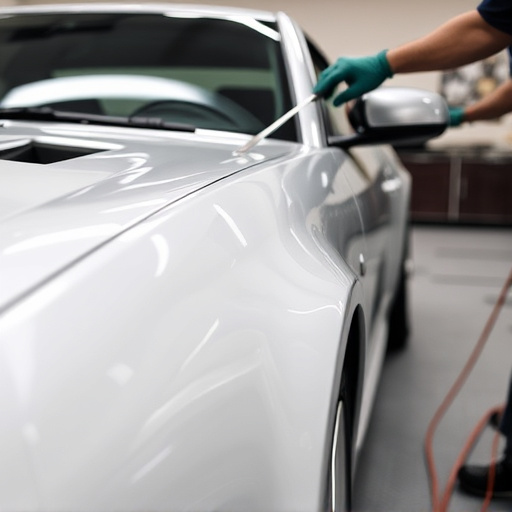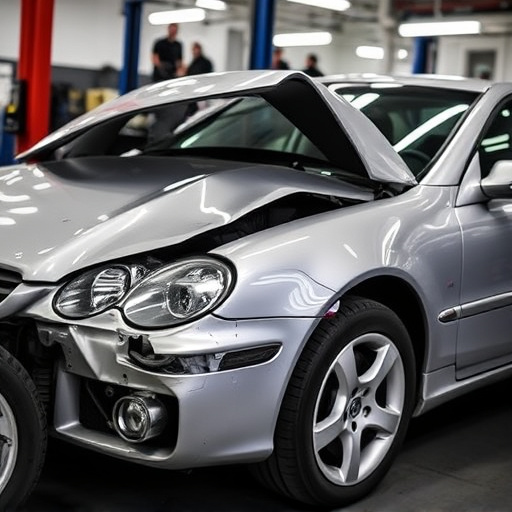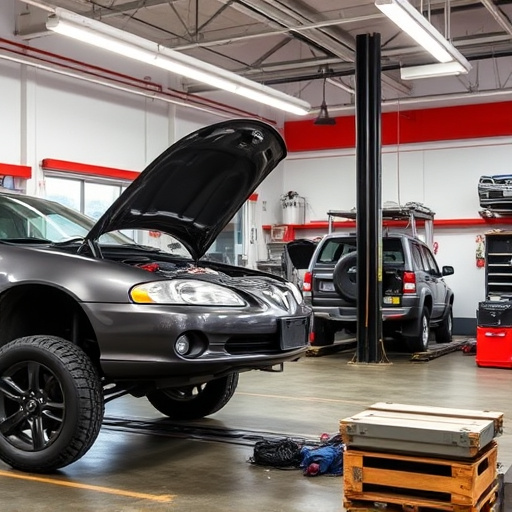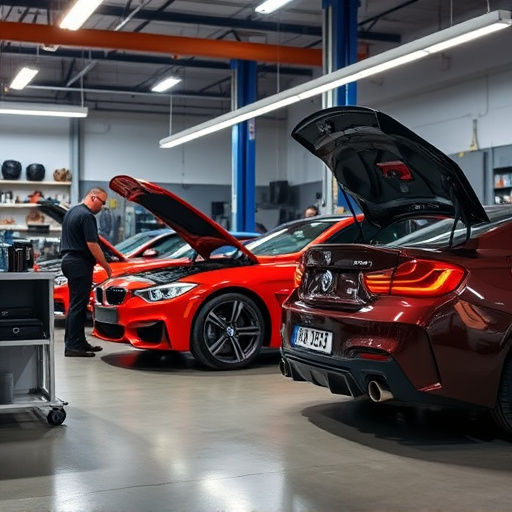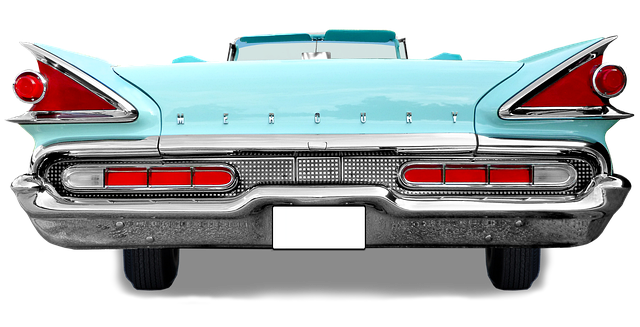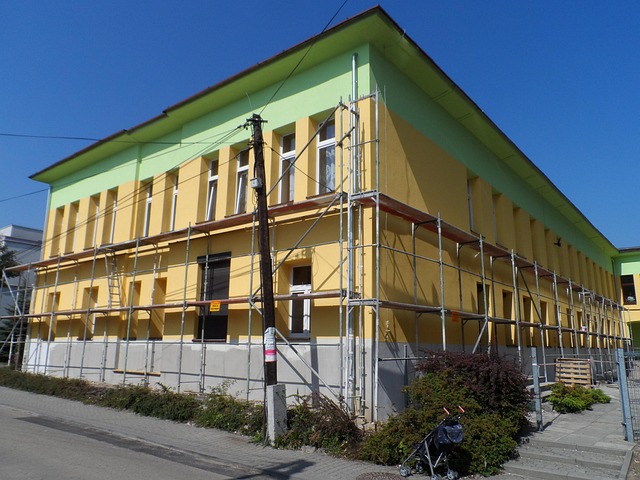Bumper cover replacement goes beyond swapping a damaged part; it's a meticulous process requiring skilled technicians to ensure precise alignment and sensor calibration. This step is crucial for safety features like reverse sensors and parking aid, as proper calibration maintains the accuracy of advanced driver-assistance systems (ADAS) and guarantees seamless integration between car paint services and vehicle dynamics. Overlooking this can compromise driving safety and performance. Reputable body shops handle sensor recalibration, ensuring optimal functionality and peace of mind after bumper cover replacement.
Considering a bumper cover replacement? It’s not just about swapping out the damaged part. The process involves a meticulous understanding of the bumper cover replacement process, particularly the intricate role of sensor calibration. This ensures your vehicle’s safety systems function optimally after installation. Let’s explore each step, from preparation to final checks, for a seamless and secure bumper cover swap.
- Understanding Bumper Cover Replacement Process
- The Role of Sensor Calibration in the Procedure
- Ensuring Optimal Performance After Installation
Understanding Bumper Cover Replacement Process
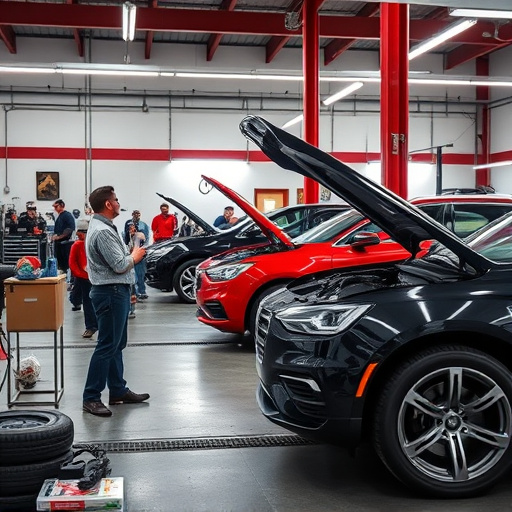
Bumper cover replacement is a process that involves more than just swapping out a damaged or old component. It’s a meticulous procedure that requires skilled technicians to ensure the new bumper cover aligns perfectly with the vehicle’s design and functions properly. The process typically begins with removing the old bumper, which might involve disconnecting various sensors, lights, and other components integrated into the bumper system.
During a bumper cover replacement, especially after a fender bender or hail damage repair, auto body shops may also need to calibrate sensors that are crucial for safety features like reverse sensors or parking aid. This ensures the accurate functioning of these systems post-repair, enhancing the vehicle’s overall safety and reliability on the road. Proper sensor calibration is a critical step often overlooked but can significantly impact the driving experience.
The Role of Sensor Calibration in the Procedure
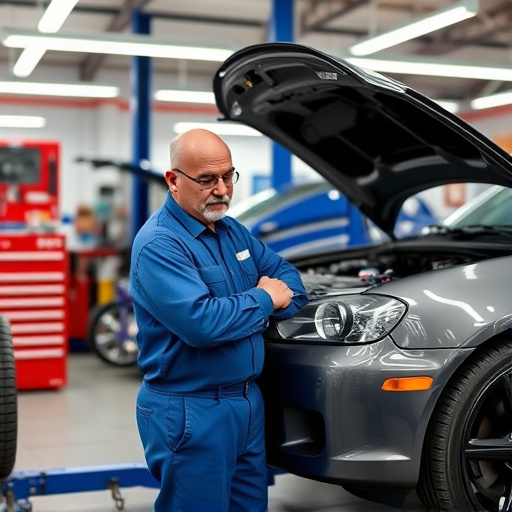
In a bumper cover replacement, sensor calibration plays a pivotal role, ensuring precise and safe driving conditions. Modern vehicles are equipped with various sensors that monitor critical systems like adaptive cruise control (ACC), lane-keeping assist (LKA), and automatic emergency braking (AEB). During the replacement process, these sensors must be calibrated to maintain their accuracy and functionality. This involves adjusting the sensor’s readings to match the actual dimensions of the repaired or replaced bumper cover, ensuring seamless integration with the vehicle’s safety systems.
Proper calibration guarantees that the car paint services and fender repair are aligned with the vehicle’s advanced driver-assistance systems (ADAS). For instance, in a Mercedes Benz repair, where precise measurements are crucial, calibrated sensors enable accurate tracking of vehicle dynamics, enhancing overall safety on the road. This step is often overlooked but is essential for optimal performance and peace of mind while driving.
Ensuring Optimal Performance After Installation
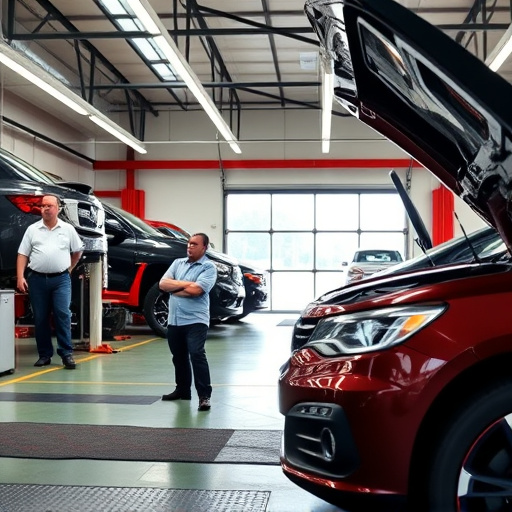
After successfully installing a new bumper cover, it’s crucial to ensure optimal performance and aesthetics. One often overlooked aspect is sensor calibration. Modern vehicles are equipped with sensors beneath the bumper that aid in safety features like automatic braking or parking assistance. During a bumper cover replacement, these sensors can be affected, leading to inaccurate readings if not recalibrated properly. A reputable car body shop will account for this step, ensuring your vehicle’s safety systems function at peak performance.
Regularly checking and maintaining these sensors post-replacement is essential. Even minor adjustments or a simple scratch repair might impact sensor accuracy. Visiting a collision center for a post-installation checkup can help identify any issues early on. This proactive approach not only ensures the integrity of your vehicle’s safety features but also enhances the overall driving experience, giving you peace of mind while on the road.
When you undertake a bumper cover replacement, proper sensor calibration is crucial for ensuring optimal vehicle performance and safety. By accurately calibrating sensors after installation, you avoid potential issues like incorrect collision detection or malfunctioning adaptive cruise control features. Regularly scheduled sensor checks and timely calibration are key to maintaining the integrity of your vehicle’s safety systems, ultimately enhancing roadworthiness and peace of mind during every drive.
